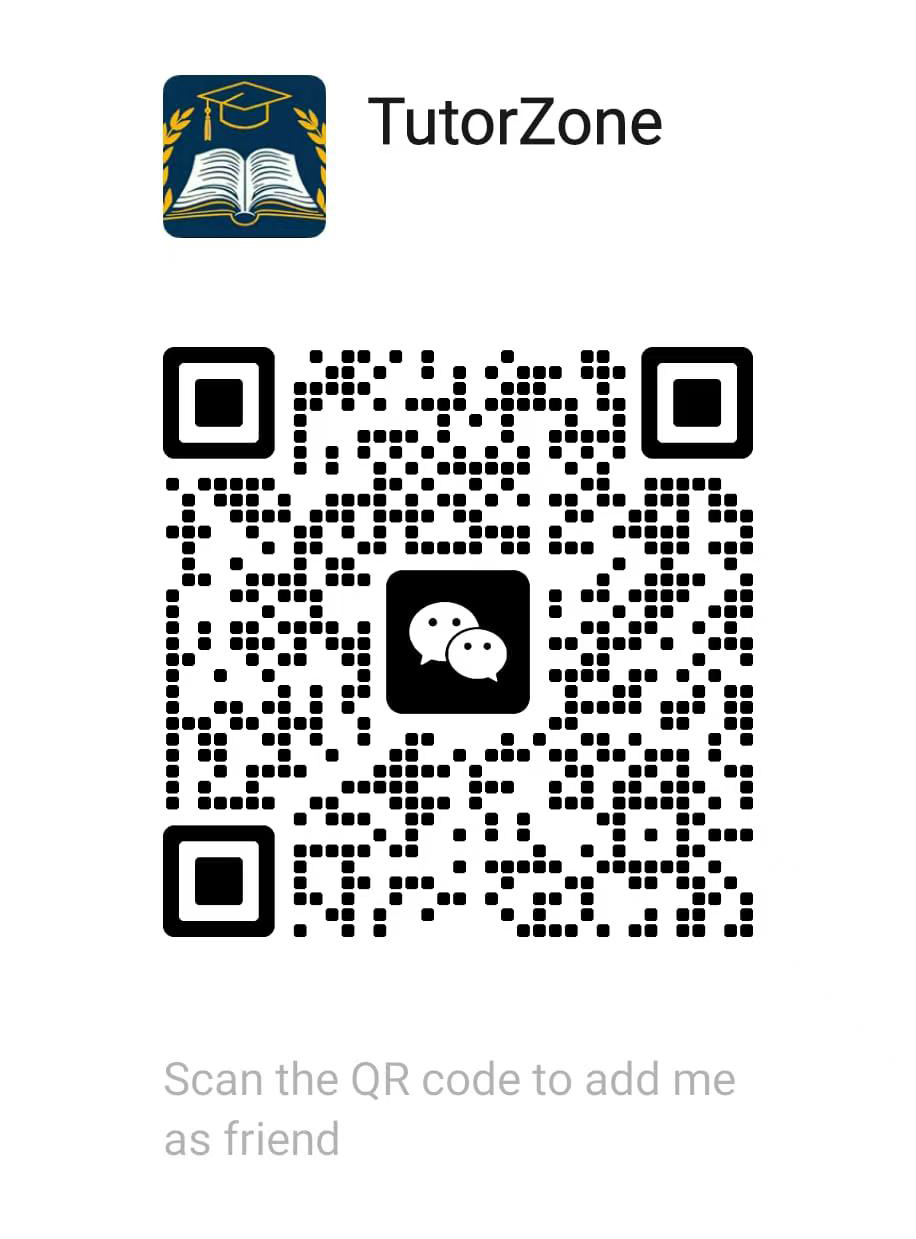Hong Kong International Schools Middle School Mathematics Curriculum Overview
- 2025-05-26
What is HKIS Middle School Mathematics?
1. Curriculum Positioning and Key Features
The Middle School Mathematics curriculum in Hong Kong international schools follows frameworks such as the IB Middle Years Programme (MYP), Cambridge Lower Secondary, or Common Core Standards. It lays a strong foundation for upper-level programs like IGCSE Mathematics, IB DP Mathematics: Analysis and Approaches (AA) or Applications and Interpretation (AI).
Key Features:
- 🧠 Concept-Based Learning: Focuses on understanding mathematical principles, not just memorizing formulas.
- 🔍 Inquiry and Application: Encourages model-building, data handling, and solving real-world problems.
- 💻 Technology Integration: Utilizes tools like graphic display calculators (GDC), Desmos, and GeoGebra.
- 🔗 Interdisciplinary Learning: Applies math in science, economics, and STEM-related projects.
2. Curriculum Structure (Sample Topics for Years 7–9)
| Year | Strand | Key Learning Areas & Applications |
|---|---|---|
| Y7 | Number & Algebra | Integer operations, fraction-decimal conversion, algebraic simplification, equation solving |
| Y8 | Geometry & Measurement | Angles, area and volume formulas, symmetry, coordinate plane |
| Y9 | Probability & Statistics | Data interpretation, chart creation, averages, basic probability models |
| Y9 | Functions & Graphs | Linear relationships, algebraic expressions, graph plotting and analysis |
Featured Learning Themes:
- 📌 Problem-Based Learning (PBL): Projects like “Design the most material-efficient packaging box”
- 📌 Applied Math Projects: Modeling challenges, statistical experiment reports, and STEM-based math tasks
3. Assessment Methods
| Assessment Category | Weight | Focus Areas |
|---|---|---|
| Quizzes and Unit Tests | 40% | Concept understanding, calculation accuracy, logical reasoning |
| Inquiry Projects & Assignments | 30% | Strategy use, real-life applications, data analysis and presentation |
| Class Participation & Homework | 15% | Active questioning, collaboration, presentation quality |
| Final Summative Assessment | 15% | Integrated applications, graph interpretation, problem-solving |
4. Effective Learning Strategies
4.1 The RIDE Problem-Solving Method
- Read: Understand the question, especially units and conditions
- Identify: Determine the mathematical concepts involved (e.g., ratio, algebra)
- Decide: Choose an appropriate problem-solving method
- Execute: Carry out steps clearly and verify the final answer
4.2 Concept Mastery Techniques
- 🃏 Create Concept Cards: Explain the meaning behind formulas and where to apply them
- 🔁 Practice with Variations: Reframe the same question in different formats to reinforce understanding
- 💻 Use Technology: Explore relationships using GeoGebra, verify answers with Desmos
4.3 Practical Applications
- 📊 “Math in Real Life” Projects: Topics like interest rates, inflation, and discount comparisons
- 📈 Data Analysis Tasks: Examples include COVID curve modeling or classroom surveys
5. Common Challenges and How to Overcome Them
| Challenge | Recommended Solution |
|---|---|
| Algebraic Manipulation Errors | Use formula maps, substitution drills, and multiple solution strategies (algebra vs. geometry) |
| Misunderstanding Word Problems | Practice word problem breakdowns; use diagrams to visualize scenarios |
| Low Calculation Accuracy | Encourage “slow work + double-checking” routines, especially for fractions and decimals |
6. Pathway Connections and Extracurricular Opportunities
6.1 Academic Pathways
- 📘 IGCSE Mathematics (Core / Extended / Additional)
- 📘 IB Mathematics: Analysis & Approaches (AA) or Applications & Interpretation (AI) – SL/HL
6.2 Enrichment Activities
- 🏅 International Math Competitions (e.g., AMC, Math Olympiad)
- 🎡 STEM Fairs or Math Exhibitions
- 🔬 Math + Science Projects: e.g., data simulations on greenhouse gas emissions
7. Recommended Resources and Monthly Challenges
📆 Suggested Monthly Tasks:
- Master one core topic (e.g., linear functions, proportional reasoning)
- Solve 5 challenge problems that mix graphs, text, and data
- Create 1 “Formula & Graph Summary Card”
- Explore 1 digital tool (e.g., Desmos, GDC, GeoGebra)
📚 Recommended Learning Tools:
| Resource Type | Platform/Tool | Description |
|---|---|---|
| Online Practice | Khan Academy, IXL Math | Concept-based practice with instant feedback |
| Graphing Tools | Desmos, GeoGebra | Interactive graphing of linear and quadratic functions |
| Computation Aids | Casio GDC App, Photomath | Verify steps and reflect on calculations (not for cheating) |
Disclaimer: This curriculum overview is for reference only. For detailed information, please consult the official IB website at www.ibo.org.
This article was generated with the help of AI. Edited by Professor Kwok-Wai Chan. Chief Editor: Yi-Leung Kong.

